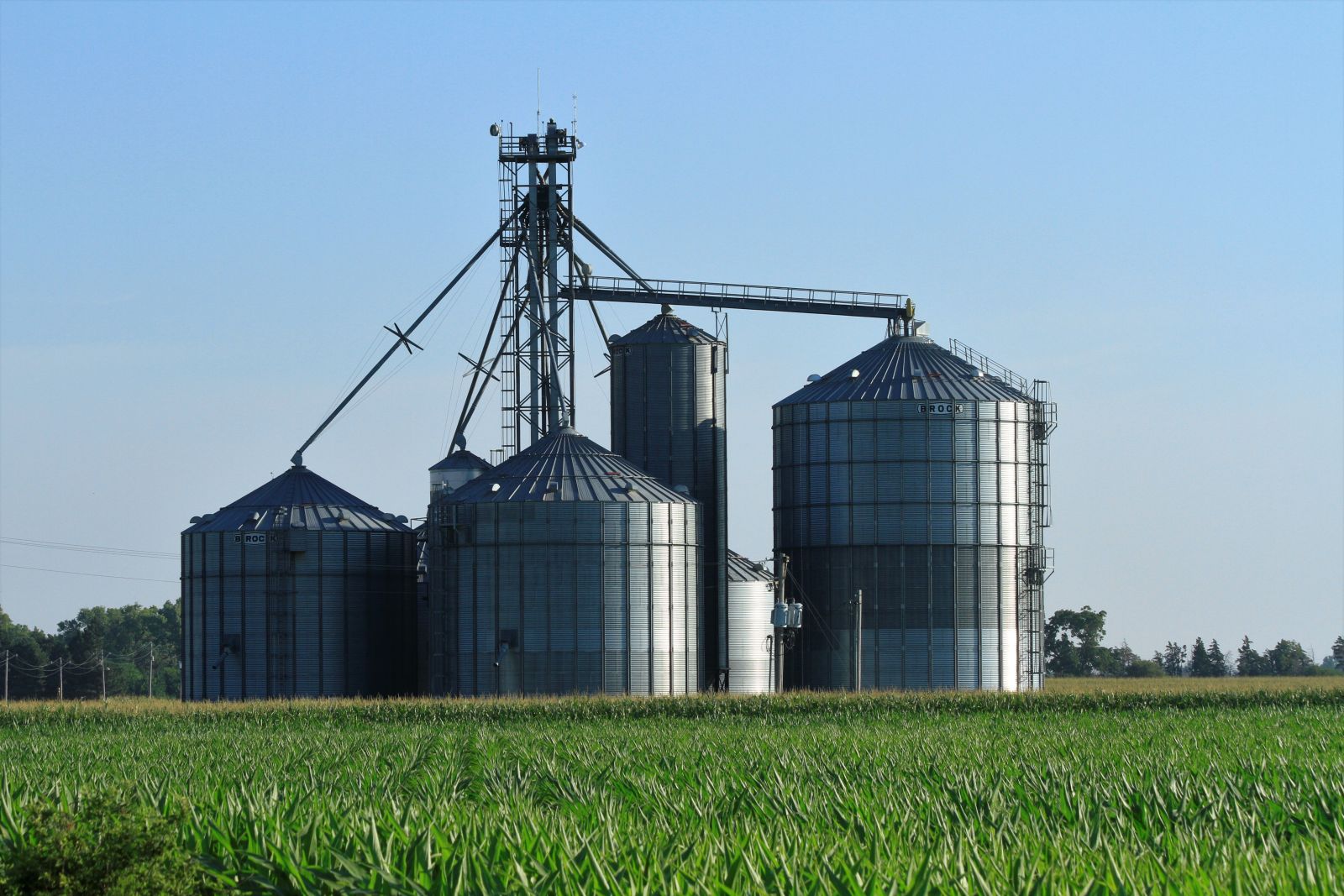
- When it comes to markets in the Grains sector, the best read on real fundamentals is the various National Cash Indexes, aka the intrinsic value of the markets.
- At the end of July, we saw these indexes all come in lower than the end of June telling us available stocks-to-use increased over the past month, in some cases to burdensome levels.
- The National Corn Index and National Soybean Index continue to tell interesting tales as well, one of seasonality (Corn) and the other from a technical point of view (Soybean).
There will be a lot of hubbub regarding USDA's next round of monthly Supply and Demand nonsense over the coming days. I can't do anything about that. I've told everyone for roughly 30 years that the markets are a better indicator of supply and demand, yet the bulk of the industry continues to follow those who preach the world of make believe. That's just how it is. If folks haven't figured it out by now, they most likely never will. (Notice I didn't use an absolute in that sentence.) For those who are interested in real supply and demand, but aren't sure what to look for, here is the monthly update I post to my website on the first of every month. If you'd rather wet yourself in anticipation of imaginary numbers, go ahead and skip this piece. It won't hurt my feelings.

The bottom-line fundamental number is stocks-to-use. I’ve long said stocks-to-use is the Readers’ Digest version of supply and demand, in that this one number can tell us the bullishness, bearishness, or neutrality of a market’s fundamentals. I’ve also argued endlessly over the years with economists, my point being there should be a strong positive correlation between stocks-to-use and national average cash price (National Price Indexes). Given this premise, I’ve developed my system between the two for the five major markets (corn, soybeans, and three major wheat classes) with the r-squared[I]for all near 100%. Using this system I can pull data any day of the month, but by using the end of month number it gives us a picture of the available stocks-to-use (as/u) situation at month-end, a system that should smooth out the wide changes seen at the end of a marketing year. It also puts a spotlight on what I call the Marketing Year Misdirection, meaning supply and demand is a constant flow rather than a hard line drawn between old-crop and new-crop.

CORN: The National Corn Index (ICY00) was calculated at $3.75 on July 31, 2024, a price that correlates to an end of month available stocks-to-use (as/u) of 13.4%. The end of June showed $3.90 and 13.1% with July 2023 coming in at $5.44 and 10.4%. Fundamentally corn remains bearish with the end of July 2024 equaling the largest as/u since October 2020. Additionally, the 2020 to 2024 timeframe continues to follow the path laid out from 2010 through 2014, with the low monthly close seen at the end of September a decade ago when the NCI was priced near $2.84.

SOYBEAN: The National Soybean Index (ISY00) was calculated at $10.00 on July 31, 2024, a price that correlates to an end of month available stocks-to-use (as/u) of 15.2%. The end of June showed $10.93 and 11.8% with July 2023 coming in at $13.52 and 5.8%. What stands out to me about the NSI, the bottom line soybean market fundamental, is that it completed the technical pattern in place since the end of April 2023. Recall that month saw the NSI establish a bearish head and shoulder pattern putting the long-term downside target near $10.26 (monthly close only). The NSI was priced near $14.02 at the time. Now we’ll see if the NSI starts to stabilize, though the 2024 US harvest is growing larger on the horizon.

SRW WHEAT: The National SRW Wheat Index (IWY00) was calculated at $4.68 on July 31, 2024, a price that correlates to an end of month available stocks-to-use (as/u) of 46.6%. The end of June showed $5.06 and 44.0% with July 2023 coming in at $6.01 and 38.0%. The growth in SRW as/u is not a surprise given the 2024 harvest came to an end last month. This means more supplies were coming to town, outpacing demand despite the recent uptick in export demand. The bottom line is SRW wheat fundamentals remain bearish, with the September-December futures spread making its way through another Variable Storage rate tracking period.
HRW WHEAT: The National HRW Wheat Index (IHY00) was calculated at $5.00 on July 31, 2024, a price that correlates to an end of month available stocks-to-use (as/u) of 43.9%. The end of June showed $5.36 and 41.9% with July 2023 coming in at $7.52 and 31.8%. As with SRW, the 2024 HRW harvest generally came to an end during July bringing more supplies to the market at a time when demand remains sluggish. The end of July as/u was the largest end of month figure since 44.8% at the end of September 2020 and the largest end of July figure since that same year of 48.4%.
HRS WHEAT: The National HRS Wheat Index (IPY00) was calculated at $5.32 on July 31, 2024, a price that correlates to an end of month available stocks-to-use (as/u) of 45.6%. The end of June showed $5.65 and 43.8% with July 2023 coming in at $7.96 and 32.8%. With the 2024 harvest drawing near, US HRS as/u are already showing signs of increased supplies outweighing demand.
[i] R-squared is defined as “a statistical measure of fit that indicates how much variation of a dependent variable is explained by the independent variable in a regression model.” (Investopedia). In my world, it is how closely related two (or more) variables are, in this case national average cash price and stocks-to-use.
On the date of publication, Darin Newsom did not have (either directly or indirectly) positions in any of the securities mentioned in this article. All information and data in this article is solely for informational purposes. For more information please view the Barchart Disclosure Policy here.






